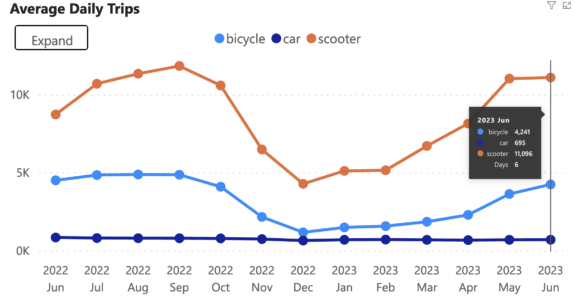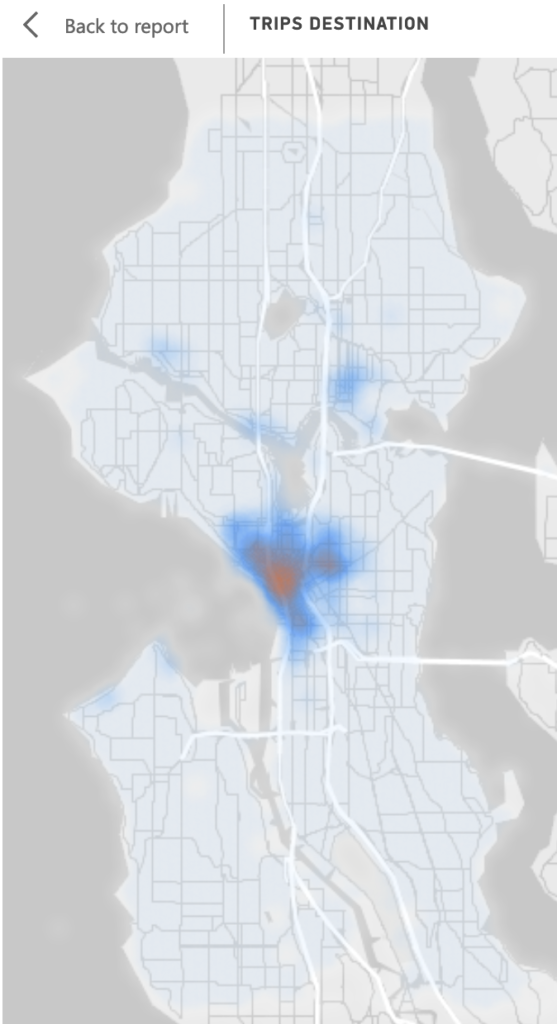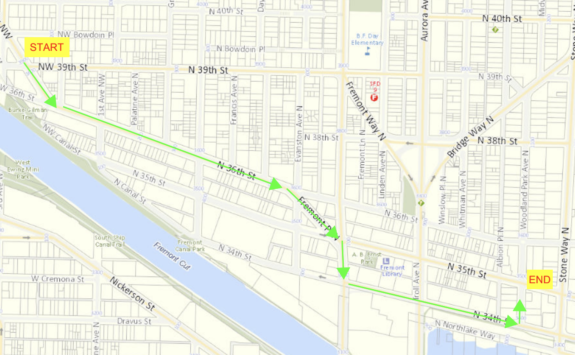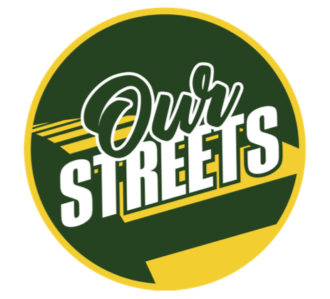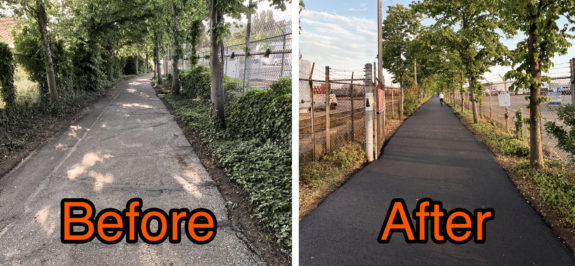
We are currently in the midst of the biggest social media shakeup in more than a decade, which got me wondering where exactly my readers were spending their scrolling time these days. I also realized that as Twitter interactivity rates declined and I grew increasingly concerned about that platform’s overall direction, I needed to diversify and redefine Seattle Bike Blog’s social media presence. So for the past month, I have posted about nearly every Seattle Bike Blog story to Bluesky, Facebook, Instagram, Instagram Reels, Mastodon, Post News, TikTok, Tumblr, Twitter and YouTube Shorts. Note that I started all of this before the recent meltdown at Reddit, but I was not a regular Reddit poster before and I didn’t start posting there as part of this experiment.
In order to accomplish all these postings, I made some rules for myself:
- I must spend some time on each platform attempting to find users who might be interested in Seattle Bike Blog and make an effort to use the appropriate tags.
- Because making a quality post for each platform takes a lot of work, I was allowed to do a crappy job so long as something got posted.
- I had to reply to comments (when needed) in as timely a manor as possible.
- No paying for exposure.
I want to be clear that this story is about using social media as a journalist who runs an independent news site. My goals are to engage with Seattle bike folks, find interesting local bike happenings and news, increase general awareness of our work and increase traffic to SeattleBikeBlog.com. So perhaps others would have a different experience on these platforms if they had different goals.
So how did it go?
(more…)
